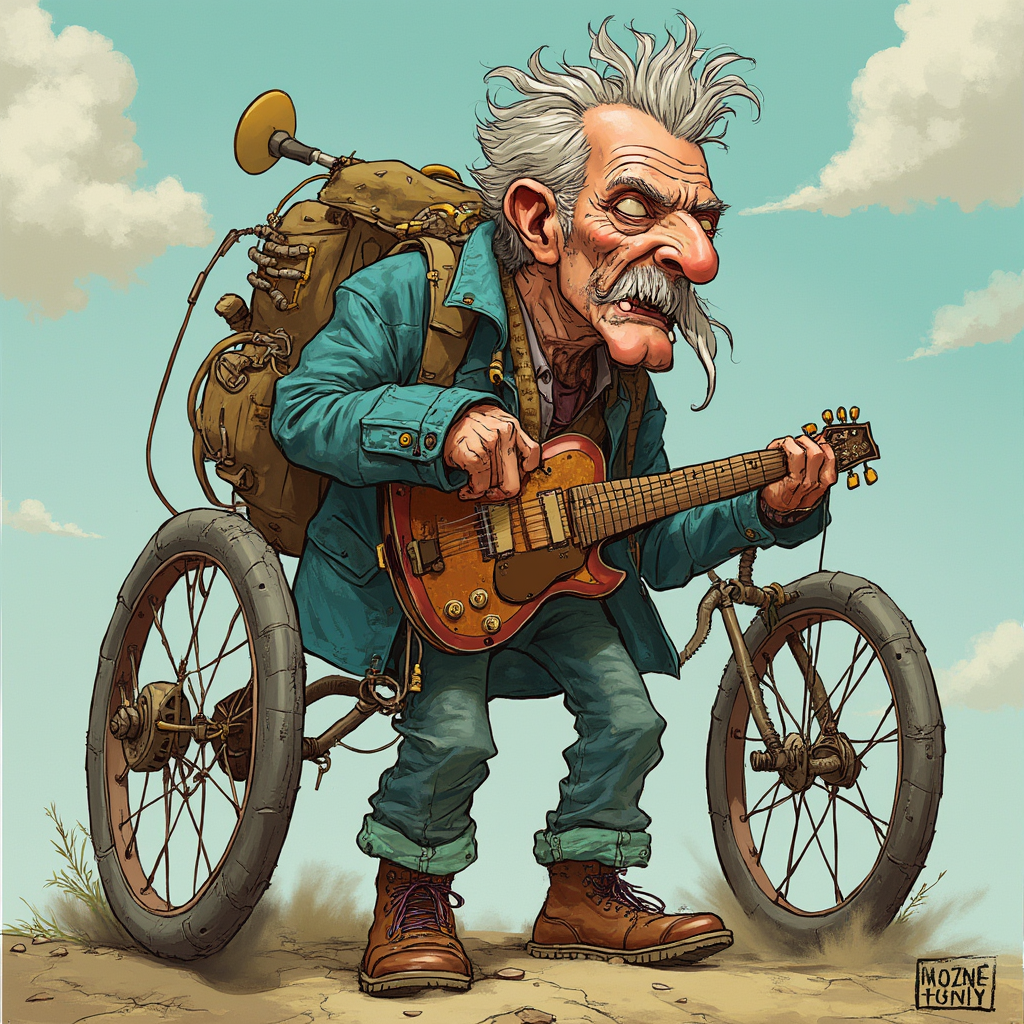The live performance theater industry, like many others, faced unprecedented challenges due to the COVID-19 pandemic. From Broadway to community theaters, the lights dimmed in auditoriums worldwide as performances were postponed or canceled altogether. As the world moved through lockdowns and restrictions, live theater struggled but adapted, emerging with new strategies and technologies to reconnect with audiences. Today, theaters are not only rebounding but also redefining what it means to experience live performance in a post-pandemic world.
The Impact of COVID-19 on Live Theater
The pandemic’s impact on live theater was swift and severe. Many theaters closed their doors for months, and some even permanently, as they struggled with revenue losses. Performers, backstage crews, and venue staff faced layoffs and furloughs. Theaters that remained afloat were forced to think outside the box, creating ways to maintain engagement with patrons who longed for live entertainment.
Rebounding Strategies: From Hybrid Models to Revamped Safety Measures
To bring back audiences and rebuild trust, live theaters have adopted various strategies, including hybrid models, improved safety protocols, and innovative programming.
- Hybrid and Digital Performances
During the pandemic, many theaters turned to digital performances as a way to stay connected with audiences. The Royal Shakespeare Company, for example, offered streaming options for their productions, allowing fans worldwide to watch classic Shakespearean plays from the comfort of their homes. Broadway also launched BroadwayHD, which provides a digital library of iconic performances. Now, many theaters are integrating hybrid models permanently, offering live streaming alongside in-person shows. This approach has broadened theater’s reach, making it accessible to those who cannot attend due to distance, health, or financial concerns. - Enhanced Safety Protocols and Flexible Ticketing
Safety remains a priority, with theaters implementing enhanced cleaning, mask mandates, and modified seating arrangements to provide physical distancing where necessary. Air filtration systems have been upgraded in many venues, and some theaters even require proof of vaccination. Flexible ticketing policies, including options for rescheduling or refunds, help patrons feel comfortable committing to attendance. - Smaller Productions and Outdoor Venues
Many theaters have shifted to smaller productions with more intimate casts and crews, allowing for simpler logistics and better cost management. Outdoor venues have also gained popularity, as they provide natural ventilation and a sense of safety for audiences. Shakespeare in the Park, a beloved summer tradition, became a focal point for outdoor performance art, proving the viability of open-air performances in both urban and rural settings. - Audience Engagement and Community-Centric Programming
Community-focused programming has gained traction as theaters aim to rebuild their audiences and restore a sense of local connection. Many theaters are producing shows that reflect community issues and interests, providing a way for audiences to see their stories and values represented on stage. Educational programs, workshops, and talk-back sessions with cast and crew have become more common, fostering engagement that extends beyond the performance itself. - Government Support and Grant Programs
Financial support has played a significant role in the recovery of the theater industry. In the U.S., the Save Our Stages Act allocated funding specifically for performing arts venues, while similar programs in Europe and other regions provided grants to struggling theaters. These funds have helped theaters recover lost revenue, upgrade infrastructure, and support staff during challenging times.
Embracing Technology for Long-Term Growth
Technology has become an ally in live theater’s recovery, enabling theaters to create dynamic experiences. Virtual reality (VR) and augmented reality (AR) technologies are now being used to enhance performances, allowing audiences to experience immersive storytelling in new ways. For instance, some theaters use VR headsets for special effects or unique vantage points, adding a digital layer to traditional performances.
Online ticketing platforms and digital marketing tools have also become essential, with theaters relying on data analytics to better understand audience preferences. Social media campaigns, virtual meet-and-greets, and interactive digital experiences have strengthened the bond between theaters and their patrons.
The Power of Collaboration in Theater’s Revival
Many theaters have recognized the power of collaboration in their path to recovery. Regional theaters are increasingly partnering with local businesses, educational institutions, and community organizations to co-host events, promote performances, and provide mutual support. Cross-theater collaborations allow for resource sharing, reducing costs and expanding marketing reach. Some large theaters are even supporting smaller venues by sharing performance rights or collaborating on touring productions.
A Brighter Future for Live Theater
The return to in-person performances has highlighted the resilience of the live theater industry. While challenges remain, theaters are finding innovative ways to thrive in a post-pandemic world. From enhanced safety measures to hybrid performance options and community-driven programming, the theater industry is evolving to meet the needs of a new era.
As theaters rebuild, they are also redefining what live performance can mean to audiences today. The magic of live theater—the shared experience, the emotional immediacy, and the sense of community—is stronger than ever, proving that while the industry has adapted, the heart of theater remains steadfast. The curtains are rising once more, signaling a renewed era for the performing arts, where resilience, creativity, and community are the stars of the show.



Leave a Reply